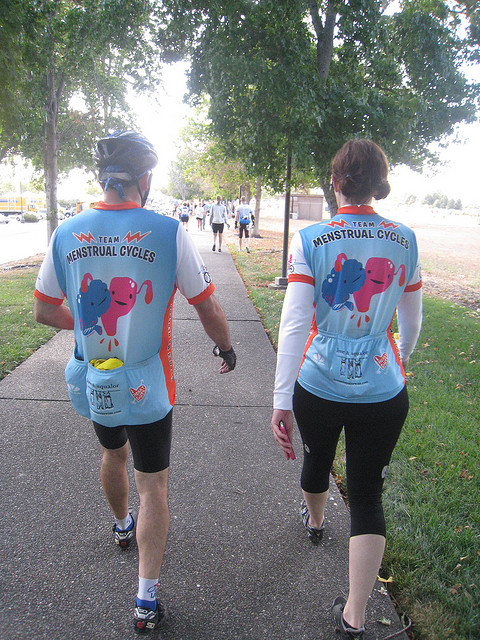As part of the process of helping women conceive, a complete discussion of their menstrual cycle history is an important factor in Chinese medicine. When asked “Do you have problems with your menstrual cycle?” most women will answer its normal. It has become clear to me that women have little knowledge of what a normal menstrual is like. From a Chinese medicine perspective a normal cycle will be:
*Regular 27 to 30 days between bleeding
*No spotting or very little spotting before the period.
*No breast tenderness
*Minimal mood swings or changes in bowel movements before or during the period
*Minor cramping (cramping should only come in small burst for several minutes – not all day) before or during period
*No purple/black blood – blood should be bright red
*No clots or very tiny clots with menstrual blood
When addressing fertility problems, especially in the poor responder, it is important treat all the above components. Why? Hormonal imbalances cause symptoms and these imbalances make an impact on recruitment of follicles. Yes, women with hormonal imbalances conceive all the time. Yet, women with unexplained infertility benefit by focusing on the minor symptoms. As I have written before, treating menstrual problems take time, but each month should show a slight improvement. If women don’t conceive naturally, often they will respond successfully to the stimulating drugs in an IVF cycle.
The below article indicates regular menstrual cycles can be a good predictor of follicle production during IVF. This is the area were acupuncture and Chinese herbs can lay the foundation for the future success of IVF.
Menstrual Cycle Length: a Strong Predictor of Oocyte Yield
M. Will, J. Scotchie, A.Z. Steiner
PII: S0015-0282(08)00316-6
doi:10.1016/j.fertnstert.2008.02.068
Background: IVF cycles in women with diminished ovarian reserve are associated with higher cancellation rates and lower pregnancy rates compared with normal women. Diminished ovarian reserve leads to decreased production of inhibin-B, resulting in accelerated follicular growth and shortened menstrual cycle length. A direct relationship between menstrual cycle length and IVF outcomes has not been established.
Objective: To determine the value of menstrual cycle length in the prediction of IVF outcomes.
Results: Menstrual interval data was available for 149 cycles, of which 107 cycles resulted in oocyte retrieval. As the length of menstrual cycle increased, the odds of cycle cancellation decreased significantly. Women with irregular menstrual cycles produced significantly more oocytes than women with regular menstrual cycles. Among women with regular menstrual cycles, who underwent oocyte retrieval, menstrual cycle length correlated directly with oocyte yield.
Conclusions: Menstrual cycle length, an inexpensive and easily obtainable measure of ovarian reserve, appears to predict probability of cycle cancellation and oocyte yield during IVF cycles. Women with regular menstrual cycles of short duration may benefit from increased gonadotropin dosing during stimulation. Future studies are needed to compare menstrual cycle length with other commonly used measures of ovarian reserve.

